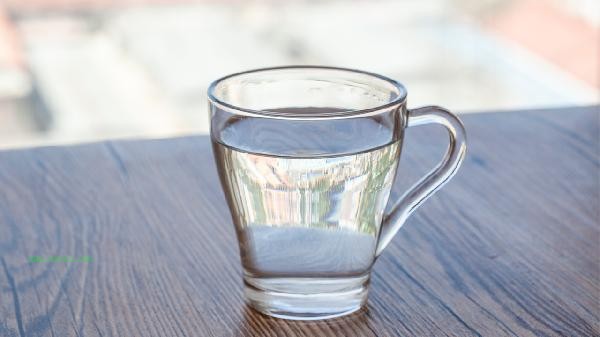The calculation of carbon water intake can be achieved through three main methods: food weighing method, nutrition labeling method, and diet recording app. Specific adjustments need to be made based on individual basal metabolic rate, exercise consumption, and weight loss goals.

1. Food weighing method:
Use kitchen electronic scales to accurately measure the raw weight of staple foods such as rice, flour, etc. Every 100 grams of rice contains approximately 77 grams of carbohydrates, and the actual intake is calculated based on the weight change after cooking. This method is suitable for home dietary control with an error rate of less than 5%, but attention should be paid to the differences in carbon and water content among different varieties, such as rough rice having higher dietary fiber than white rice.
2. Nutrition labeling method:
For pre packaged foods, directly check the "carbohydrates" item in the nutrition table, and pay attention to distinguishing between "total carbohydrates" and "purified carbohydrates". Clean carbon water needs to reduce dietary fiber content, which is more suitable for people who control sugar. Dairy products and other foods containing natural lactose need to be calculated separately, for example, 200ml of milk contains about 10 grams of carbohydrates.
3. APP recording method:

Mint Health, MyFitnessPal and other applications have built-in databases of over 200000 types of food, which can be automatically calculated by scanning barcodes or manually entering portions. It is recommended to continuously record for more than 3 days to obtain the daily average. Attention should be paid to the possibility of errors in user uploaded data, and official certified food information should be prioritized.
4. Metabolic requirement calculation:
The daily carbohydrate requirement for an average adult is 2-4 grams per kilogram of body weight, which can be reduced to 1-2 grams during the weight loss period. A 60 kilogram female needs about 120 grams of carbohydrates per day to maintain metabolism, and can be controlled below 80 grams when adopting a low-carbon diet. Sports enthusiasts need to supplement their exercise time x body weight kg x 0.1 grams of carbohydrates.
5. Assist in blood glucose monitoring:
It is recommended that patients with diabetes or insulin resistance should cooperate with a dynamic blood glucose meter to observe the blood glucose fluctuation 2 hours after meal. When the increase in blood sugar exceeds 2mmol/L, corresponding reduction of 15-20 grams of carbohydrates intake is required. This method can intuitively reflect individual differences in tolerance to carbohydrates.

It is recommended to distribute carbohydrates throughout the day to 3 main meals and 2 additional meals to avoid a sudden increase in blood sugar caused by a single intake of more than 50 grams. Priority should be given to low GI carbon water such as oats, sweet potatoes, etc., combined with protein and dietary fiber to delay absorption. Regularly monitor changes in body fat percentage and waist circumference. For every kilogram of weight loss, a cumulative reduction of approximately 7700 calories is required. The calorie gap can be achieved by adjusting the carbon water ratio. Special populations such as pregnant women and patients with hyperthyroidism need to adjust under the guidance of nutritionists to avoid blind low-carbon practices that may lead to health risks.



Comments (0)
Leave a Comment
No comments yet
Be the first to share your thoughts!